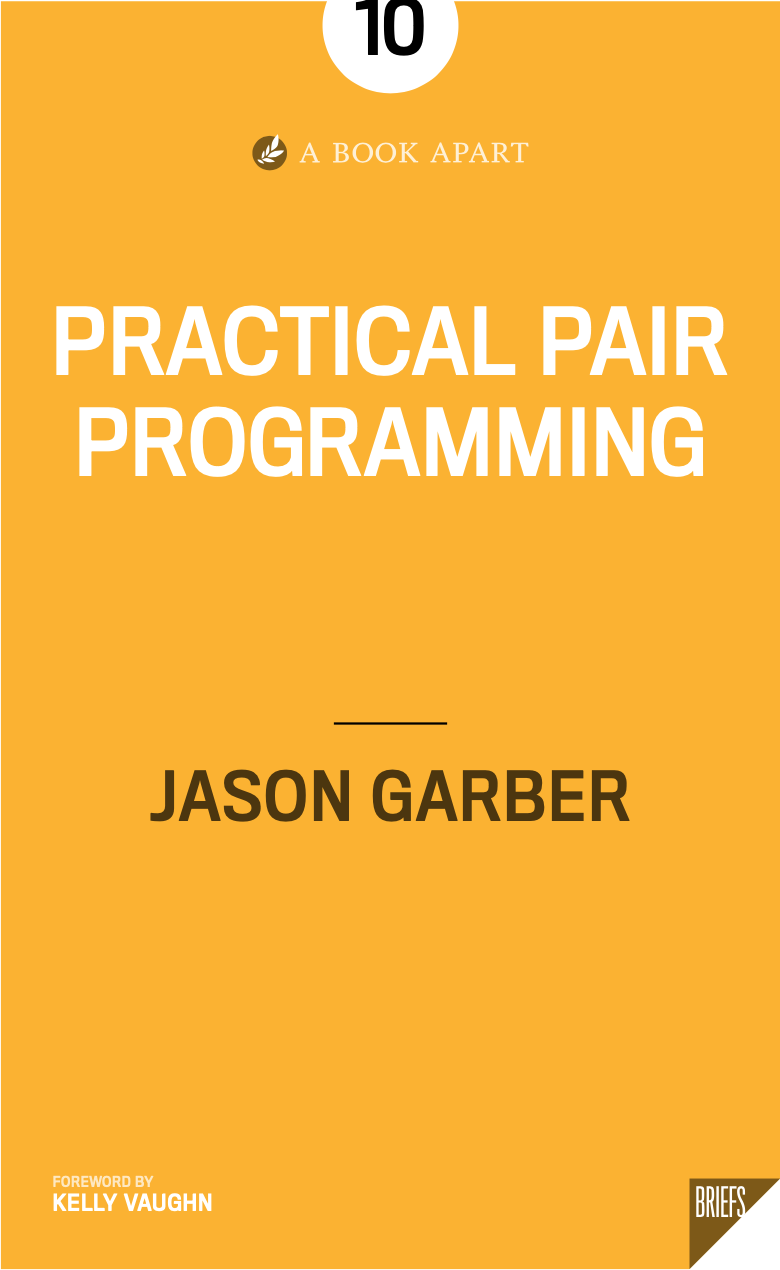A second brain helps you give good names to classes, methods, and variables and write clearer documentation. It gives the pair enough headroom to think about architecture, apply helpful design patterns, and sometimes even come at a problem from an entirely new angle. It means you’ll think through more edge cases in your business logic and have twice the empathy for users as you design how they’ll interact with your software.141 ↱

Practical Pair Programming
Jason Garber
Loading highlights…